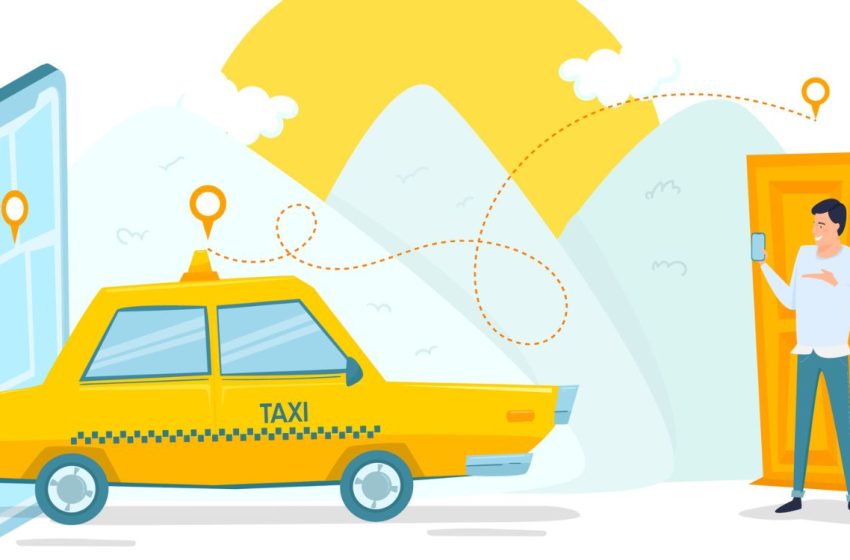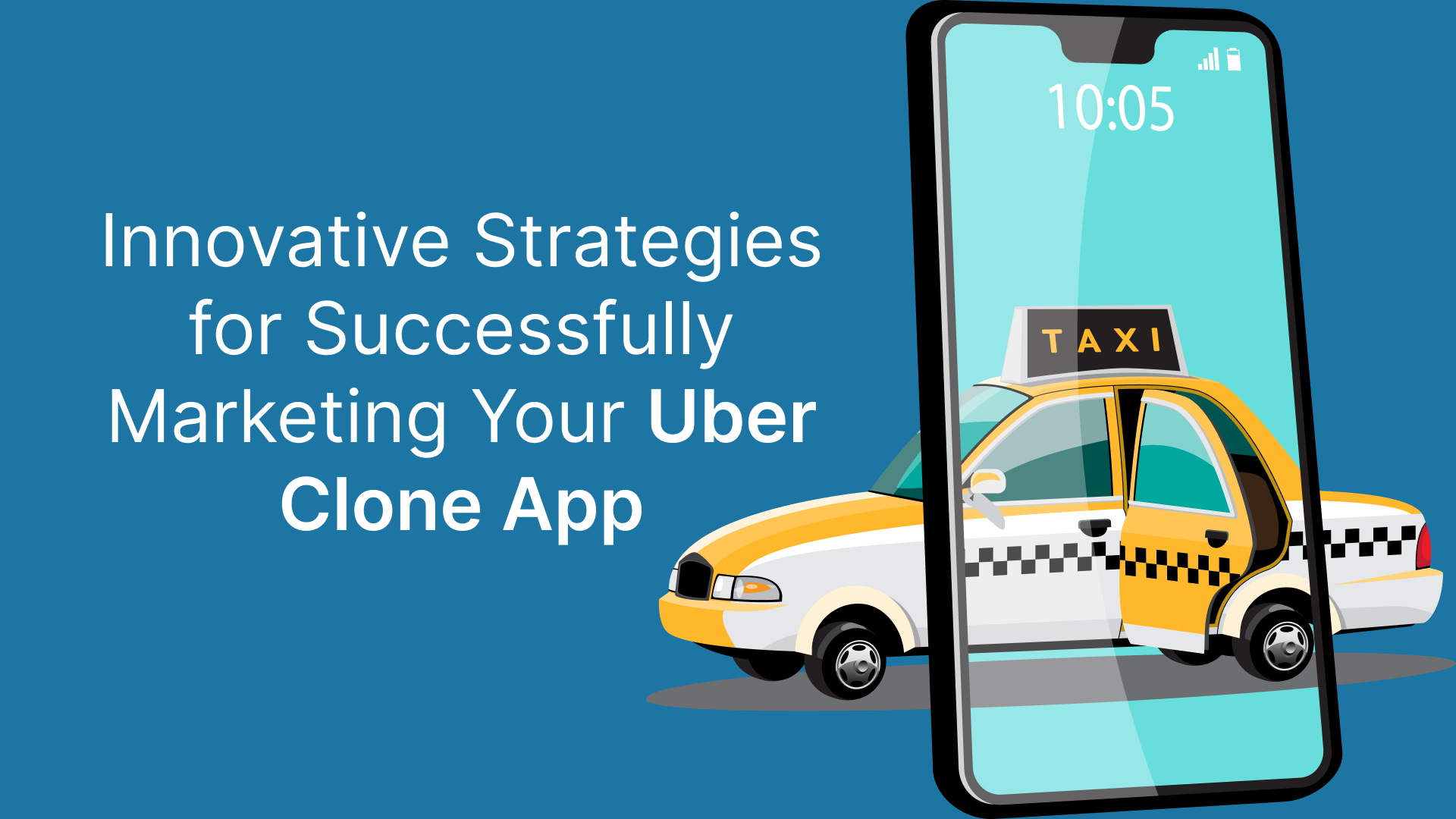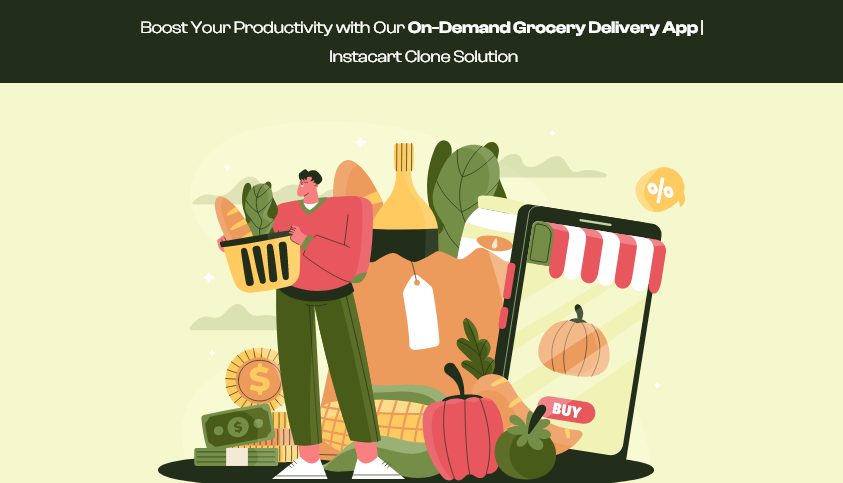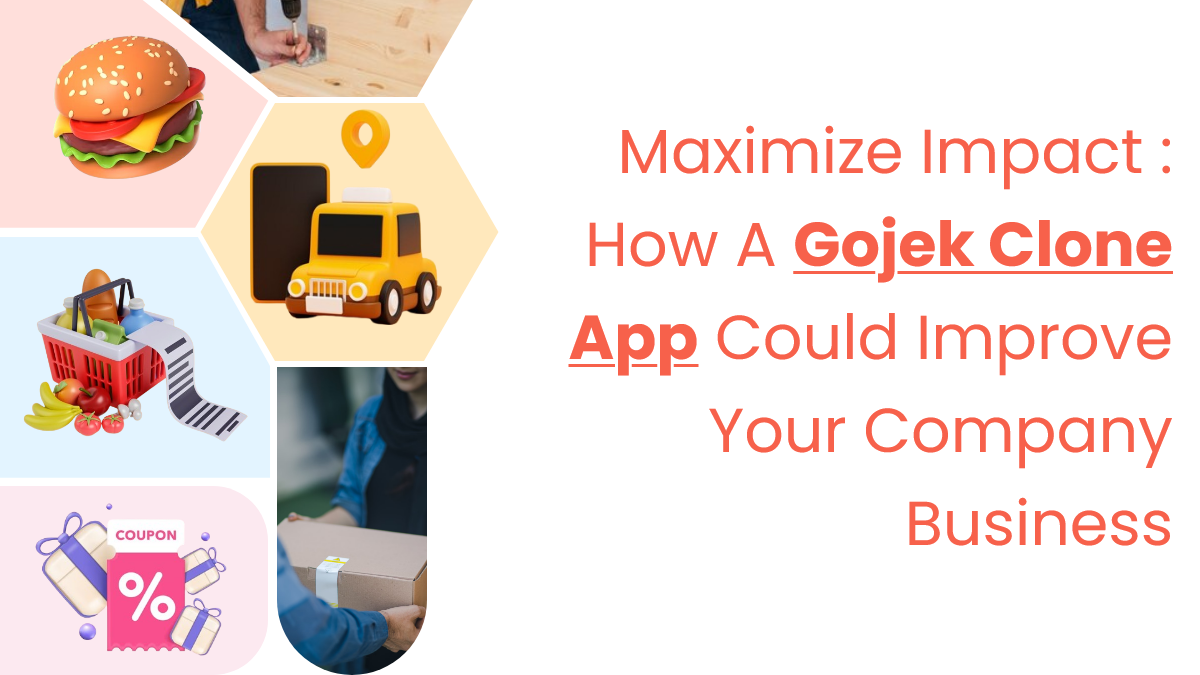How to Build a $10 Million Taxi Startup in 6 Months

Building a successful multi-million dollar startup in just 6 months seems nearly impossible. However, with the right strategy and execution, it can be done. This guide will walk you through exactly how to launch and rapidly scale a taxi booking app business to be valued at over $10 million within half a year.
We’ll cover 12 key sections: developing your minimum viable product, incorporating your company, attracting early users, fundraising, expanding operations, optimizing technology and processes, seeking larger investments, and scaling across cities. By following each step methodically yet aggressively, you’ll be in prime position to potentially get acquired by larger players in the transportation industry or pursue an IPO of your own.
Let’s get started on developing your million-dollar idea!
1. Develop the Concept
The first step is coming up with a novel concept that addresses real pain points for riders and drivers. Start by brainstorming unique ideas that differentiate your service from competitors. Conduct online research on existing taxi apps and transportation startups to identify gaps in the market.
Some areas to consider addressing include improved reliability, lower fares, superior driver/rider experiences, tight integration with other transit options, better accessibility for disabled users, and loyalty programs.
After narrowing your list of ideas, talk to potential customers through online surveys or in-person interviews. Pose questions to validate customer problems and gauge interest levels in your proposed solutions. Focus on commuters, travelers, nightlife customers, and business professionals.
Incorporate your top validated concepts into a compelling value proposition and service overview. This will form the basis of your minimum viable product development.
2. Build the Minimum Viable Product (MVP)
With your concept validated, it’s time to build an initial working version of your taxi booking app. Start with the core functionality required – requesting rides, dispatching drivers, and accepting payments.
Partner with 5 trusted drivers who will test the app. Recruit friends and family who understand they’re helping with an MVP to provide honest feedback. Launch your service within a small neighborhood at first to keep it manageable.
Collect usage data and feedback to refine your app over successive iterations. Focus on basic stability, usability, short pickup times, and five-star driver/rider experiences. Maintain an agile, feedback-driven approach as you work on additional features.
Once your MVP demonstrates product-market fit, it’s time to grow. But first, you need the proper corporate and insurance framework.
3. Incorporate and Obtain Insurance
Before expanding further, legally incorporate your company as either an LLC or C-Corporation. This establishes your brand and protects your personal assets. Choose a unique name related to your concept.
Obtain the necessary commercial insurance coverage for your ridesharing business. Policies should protect against liability from accidents, as well as injury to drivers using your platform. Work with specialized insurance brokers experienced with mobility startups.
Contact your local transportation regulatory body to ensure you understand rules for operating a taxi service. Address requirements upfront to avoid compliance issues down the road. Acceptance here is crucial for staying legitimate.
Handle incorporation, insurance, and regulatory approval simultaneously while providing initial rides with your MVP. Complete these steps within a month at most. Read more about Zipprr Uber Clone.
4. Recruit Early Adopters
Now it’s time to attract your first paying customers outside friends and family. Launch targeted Facebook and Instagram ad campaigns highlighting your value proposition.
Offer sign-up promotions like $5 off first 10 rides or a monthly ride subscription. Partner with local bars, hotels and universities to distribute promotional codes exclusive to their patrons.
Actively track user acquisition costs and conversion rates. Continuously refine creatives, offers and targeting to improve efficiency. Interview early users and gather feedback around your onboarding flow, payment options, and driver/ride quality.
The goal here is to gain several hundred regular users providing 5-star ratings and endorsements on social profiles and directories like Yelp within two months. Their engagement will help justify your fundraising efforts.
5. Raise Seed Funding
With proven traction and validated customer demand, you’ll want to raise seed capital to fuel further growth. Prepare an investment pitch deck outlining your concept, MVP features, initial metrics, usage trends, management team, and funding request (typically $100k-$500k).
Identify angel investors and venture capital firms in your local tech and transportation scenes. Leverage your networks to get warm introductions when possible. Pitch confidently and highlight your strong early customer traction as proof of concept.
Reasonably use around 25% of funds for team expansion including marketing and support hires. Allocate the majority toward driver acquisition incentives, improved mapping/navigation, and app innovation. Maintain a lean overhead structure.
Achieve your funding round within 3-4 months of launching. This validates the credibility of your vision with outside investors and resources you to rapidly scale operations.
6. Expand Your Fleet and Hire Staff
With seed capital in hand, double down on expansion. Use funds to acquire 20-50 vehicles for your fledgling fleet through direct leases or revenue-sharing partnerships with drivers. Streamline your onboarding process.
Hire two full-time managers to oversee driver recruitment, performance, and customer service. Add one support agent for each additional 10 vehicles. Invest in training programs covering safety, route optimization, and exceptional customer service.
Carefully monitor driver ratings, cancellations, pick-up times and earnings. Address issues promptly and offer incentives like trip bonuses or vehicle upgrades to top performers. Maintain excellent driver retention metrics.
Scale operations across major commuting routes and neighborhoods based on usage patterns and demand hotspots. Continue optimizing driver locations through analytics. Achieve 500-1000 rides per week within 4 months as you scale.
7. Improve the App Experience
Leverage usage insights to continuously refine your mobile app based on real-world feedback. Top priority should be streamlining the booking, tracking and payment flows. Integrate with third-party services like maps and payments where possible.
Ensure optimized interfaces for both riders and drivers. Gradual improvements build loyalty while new features like user profiles set you apart. Maintain a robust app store rating above 4.5 stars.
Scale supporting technologies as well. Upgrade from basic GPS tracking to next-gen fleet management tools integrated with dispatch. Professionalize your tech stack for efficient operations at scale.
Collaborate closely with your engineering team. New releases should occur every 2-4 weeks based on prioritized feature requests and issues. Maintain an agile development mindset focused on rapid iteration.
8. Market Aggressively
Entrench your brand by blanketing high-traffic locations with targeted campaigns. Launch Facebook/Google ads promotions during peak commute times and events. Display bus stop shelters, subway stations and airports.
Partner extensively with local businesses, hotels, and universities through customized promotional codes. Attend community gatherings and transit forums to capture new customers. Offer ride credits to social media influencers for endorsements.
Track and optimize spending across all channels. Fine-tune creatives, offers and targeting based on conversion data. Nurture repeat purchases through loyalty programs and push notifications. Personalize the rider experience wherever possible.
Implement a public relations strategy as well. Leverage your traction and unique concept to land press features. Pursue noteworthy partnerships that strengthen your value proposition over time.
Maintain rapid growth of 500-1000 additional weekly active users every month through optimizing customer acquisition costs below $20 each. Effective marketing is crucial for scale.
9. Optimize Operations
With a proven concept and hundreds of rides per day, focus on maximizing efficiency and customer retention. Track usage patterns to optimize fleet deployment. Dynamically position drivers to minimize wait times based on real-time demand.
Streamline dispatching and in-app ETA updates. Strive for average pickup times under 5 minutes even during surges. Measure driver metrics like acceptance rates, cancellations and hours logged to surface issues. Conduct performance reviews and implement tiered incentive programs.
Leverage analytics to refine pricing based on routes, times and events. Test dynamic pricing that balances rider value, driver earnings and network utilization. Continuously refine based on elasticity and profitability trends.
Constantly enhance processes through iterative tests. Partner with universities for operations research support. Maintain industry-leading Net Promoter Scores above 80 through ongoing customer experience improvements.
10. Seek Series A Funding
With optimized operations serving thousands of customers weekly across a major city, it’s time for significantly larger funds to fuel your scaling plans. Prepare an update investor deck highlighting traction milestones, refined metrics and growth opportunities.
Target prominent local and national VC firms with mobility sector experience. Highlight your proven model and strong management ready to execute on an expansion blueprint. Request $2-5 million in Series A financing.
Maintain rigorous financial transparency throughout the diligence process. Discuss using funds toward technology platforms, adjacent city launches and strategic partnerships. Close the round within 6 months of your seed raise given current metrics.
Apply appropriate governance changes as well like expanding your board and instituting equity vesting schedules. Retain oversight of day-to-day operations while leveraging investors’ experience.
11. Expand to New Cities
Carefully choose your first expansion city based on factors like economic outlook, addressable market size, regulatory environment, infrastructure and costs. Develop a tailored business case highlighting TAM, user acquisition projections, competitive analysis and 18-month milestones.
Use a portion of funds to establish a satellite office with a small local team. Hire a general manager to oversee driver onboarding, fleet scaling and marketing. Leverage remote resources where possible to minimize overhead.
Launch with a limited fleet while concentrating promotions around public transit hubs, universities and employment districts. Optimize for rapid scaling over geographic coverage initially. Apply lessons around creative testing, driver incentives and operational refinements.
Utilize multi-market operational tools to efficiently scale across regions. Maintain consistent brand identity, rider experiences and quality standards company-wide. Continuously introduce new features across all geographies simultaneously.
Rinse and repeat your successful urban expansion model. Within 12-18 months, establish a leading market position servicing several hundred thousand rides monthly across 3-5 major cities. Maintain ambitious scaling goals to justify further financing rounds.
12. Consider Acquisition or IPO
By now with proven traction in multiple large cities and an annualized run rate exceeding $50 million, your business will command serious attention and valuations upward of $10 million. With continued momentum, an IPO may become viable within 2 years given standardized processes and technologies now powering a multi-city network.
However, larger transportation and mobility companies may first view your proven model and regional footprint as an acquisition target. Exit conversations should start if approached with valuation exceeding 1.5x annual revenues.
Carefully evaluate opportunities against your long term vision and independence. An acquisition by an industry titan could both reward early investors while vastly scaling your impact and resources. But selling also precludes potentially greater outcomes through independent growth.
Conclusion
As demonstrated, taking a taxi booking concept from idea to $10 million valuation across multiple cities is entirely achievable within 6 months when executing this comprehensive playbook strategically yet aggressively. Developing an MVP, raising capital, optimizing operations, expanding effectively and seeking larger opportunities are hallmarks of startups that experience hypergrowth.
The keys are continuous customer-centric innovation, databased optimization, rapid iteration, strong operational disciplines and scaling both systems and processes ahead of demand. With the right strategy and team, any transportation startup following in these footsteps stands ready to achieve outsized success and valuations.
I hope you now feel equipped and motivated to get started on building your own million-dollar mobility venture. Please contact me if you need any clarification or have additional questions as you embark on this journey.




